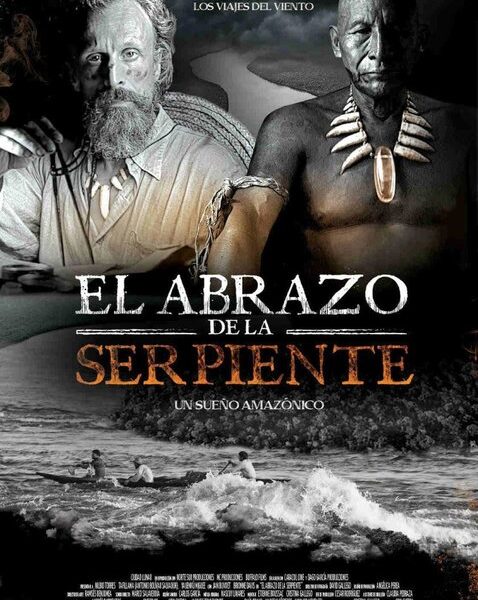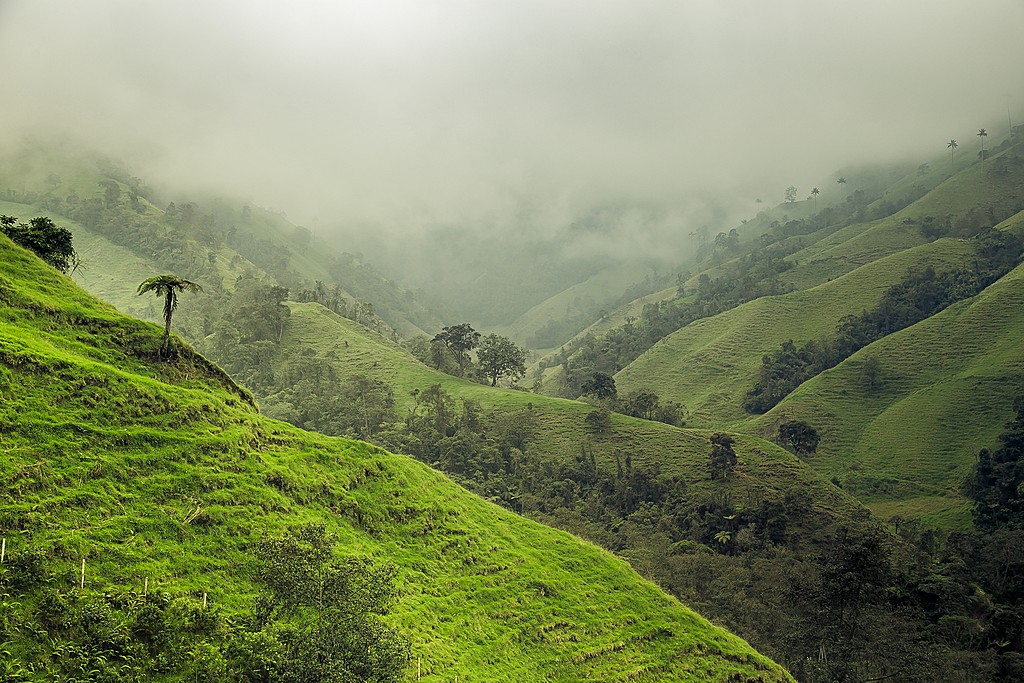
Before embarking on an international adventure, it’s best to prepare with some cultural research—and Colombia, one of the most beautiful countries on the planet, translates well to the big screen. Here are some great films to watch before your grand Colombian experience.
“`html
Colombia, a land of breathtaking contrasts and vibrant culture, is a destination that truly shines on the silver screen. From the windswept, sun-kissed shores of its Caribbean beaches to the mysterious depths of its Amazonian jungles, from the rugged, high-altitude landscapes of the Andean Altiplano to the imposing, time-worn walls of its ancient Spanish-Colonial fortresses—there are arguably few places on Earth better suited to be appreciated through a visual medium. However, the appeal of this South American nation extends far beyond mere superficial attractiveness; it is also deeply rooted in a rich cultural and historical heritage that has shaped its identity. Before you embark on your highly anticipated Colombia trip, delving into this heritage is highly recommended. Immersing yourself in the country’s cinematic representations is an excellent way to prepare. Consider watching these films before or even during your flight to gain a deeper understanding and appreciation of the wonders that await you.
El Abrazo de la Serpiente (Embrace of the Serpent)
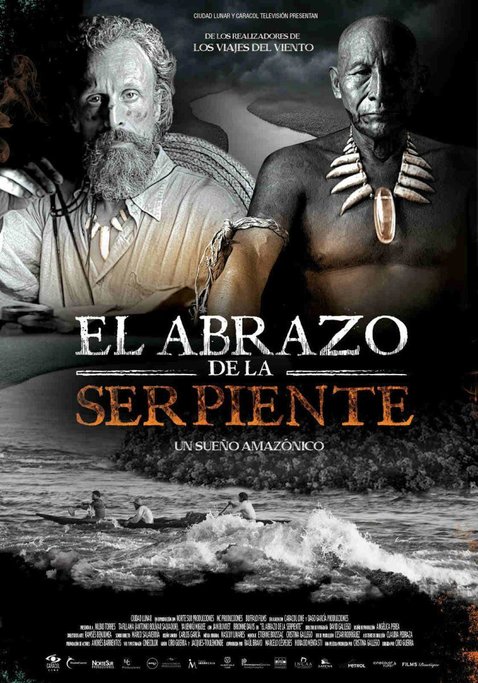
At first glance, the concept of filming a movie centered around the vibrant and verdant Amazon rainforest in stark black and white might seem counterintuitive. However, in the case of “El Abrazo de la Serpiente,” this artistic choice proves remarkably apt and enhances the film’s haunting and thought-provoking nature. Nominated for the prestigious Academy Award for Best Foreign Language Film in 2015, this cinematic masterpiece transports viewers back to the year 1909, a time when the rubber barons held sway over the Amazon. The narrative unfolds through the eyes of Karamakate, an indigenous man and the last surviving member of his tribe. He encounters a sick German ethnographer who is deeply engrossed in researching the culture of the indigenous peoples. This ethnographer also seeks a mythical flower known as the yakruna, rumored to possess extraordinary healing powers. As their paths intertwine, a relationship of grudging respect develops between the two men, despite their inability to fully comprehend one another’s perspectives and beliefs.
The movie masterfully manipulates time and space, seamlessly transitioning between different eras. The story jumps forward 30 years from 1909, reintroducing an aging and diminished Karamakate. He once again encounters a white scientist, this time with more malevolent intentions. This new scientist is also on a quest for the yakruna, but he seeks to exploit the plant for his own selfish purposes. The narrative expertly weaves back and forth between these two pivotal moments in time within the same regions of the Amazon, emphasizing the ever-present and poignant theme of culture clash.
El Abrazo de la Serpiente draws inspiration from the journals of two real-life scientists who encountered indigenous tribes that have since vanished from the face of the Earth. Regrettably, the themes explored in the film remain relevant today, as the increasing influx of visitors to the Amazon region has raised concerns among local communities about the delicate ecosystem’s ability to withstand mass tourism. When planning your visit to Leticia and Puerto Nariño, two captivating destinations within Colombia’s stunning Amazon basin, it is essential to consider the environmental footprint we all leave behind. Make a conscious effort to be respectful of the local culture and the natural environment as you immerse yourself in its wonders.
For those seeking to deepen their understanding, consider exploring the ways to respectfully interact with Colombia’s indigenous groups. Understanding the customs and traditions of the local communities will greatly enhance your experience and foster a more meaningful connection with the people and the land.
Colombia Magia Salvaje (Wild Magic)
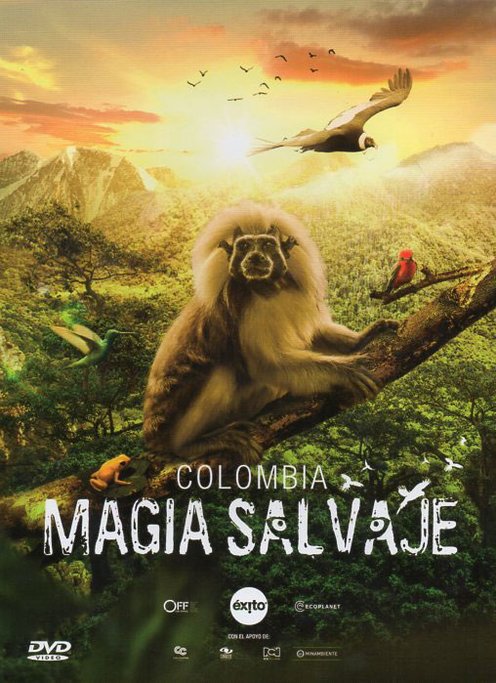
Colombia Magia Salvaje serves as a vibrant and captivating celebration of everything that makes Colombia beautiful and unique. This visually stunning documentary showcases the country’s diverse flora and fauna through breathtaking photography. It utilizes a wide range of cinematic techniques, including time-lapse and slow motion, to amplify the impact of each scene. Viewers are treated to awe-inspiring sights, such as the majestic Andean condor, Colombia’s national bird, soaring gracefully over rugged glacial peaks. They can also witness the stealthy movements of spotted jaguars as they stalk their prey, marvel at close-ups of the vibrantly colored yet lethal skin of the golden poison dart frog, and observe the sinuous grace of an anaconda as it navigates the murky depths of the Amazon.
The narration effectively promotes conservation efforts by contrasting the pristine natural environments with the urban sprawl of Colombia’s major cities, such as Bogotá. The páramo (alpine tundra) eco-system in this region, for instance, constitutes less than 2% of the country’s total territory, yet it plays a critical role in supplying most of Bogotá’s water through the clouds it generates. This delicate ecosystem requires vigilant protection. The documentary also highlights the contrast between the untouched beauty of the Amazonian jungle and the destructive impact of industry and deforestation, which continue to encroach upon and degrade natural habitats.
Throughout the film, the visuals remain consistently arresting and inspiring. You would be hard-pressed to find a more compelling nature documentary that captures the essence of this magnificent country. However, a word of caution: watching this film too far in advance of your trip may ignite an overwhelming desire to change your travel plans and expedite your arrival in Colombia as soon as possible.
Chat with a local specialist who can help organize your trip.
The Two Escobars
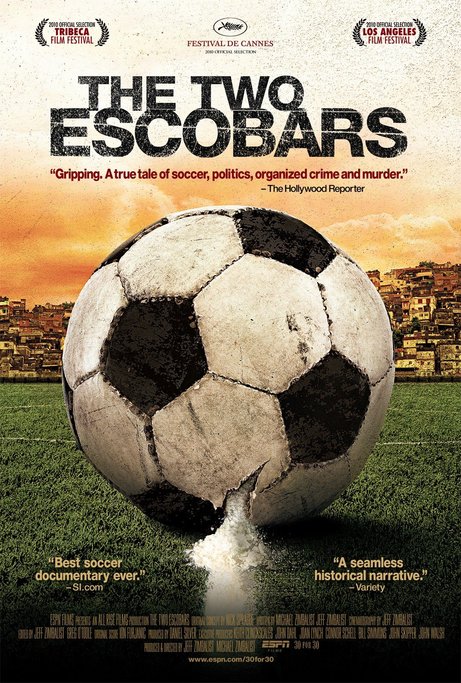
Violence, drugs, and… football. This gripping 2010 documentary transports viewers back to 1993 Medellín, a time when the city was infamously known as the most violent place on Earth. Pablo Escobar, the notorious drug lord, and his ruthless henchmen terrorized the entire country, and the world primarily associated Colombia with its deeply troubling reputation. However, amidst this chaos, an extraordinary team of soccer superstars emerged from the barrios of Medellín. This unlikely group of athletes rose to prominence and became top contenders for the prestigious 1994 World Cup, offering a glimmer of hope to a nation in turmoil.
The team presents a complex and often contradictory picture. While their exorbitant payroll was funded by Escobar and rival narco gangs, the players themselves sought to demonstrate to the world that Colombia was more than just drugs and violence. This duality is best exemplified by Andrés Escobar (the other Escobar), the team’s biggest star. His humility, quiet dignity, and exceptional talent embodied the dreams of a fractured nation. As the Colombian national team progressed towards the final showdown in the United States, it became increasingly apparent that one Escobar would inevitably face a tragic reckoning.
The documentary, lasting approximately one hour and 45 minutes, maintains a breakneck pace, mirroring the intensity of an epic World Cup final. It seamlessly blends scenes of graphic violence with uplifting moments of personal and professional achievement by the players on the field. By the end, the film is both profoundly heartbreaking and viscerally inspirational, leaving a lasting impression on the viewer.
Upon arriving in Colombia, make sure to visit Medellín and witness the remarkable progress the city has made. Take a ride on the Metrocable (gondola) up into the comunas—neighborhoods that were once plagued by Pablo Escobar’s gangs. You will be rewarded with stunning panoramic views of a city that has found tranquility. Then, attend an Atlético Nacional match at the Estadio Atanasio Giradot. The narco dollars have long since ceased flowing, leaving behind only the pure passion of fútbol. Today, the passionate local fans have ample reason to cheer, as the dark days of Escobar are firmly in the past. They now reside in a country where the violent past is receding further into the rearview mirror, becoming a faint echo in the slow but steady march towards lasting peace.
To delve deeper into the wonders of this stunning metropolis, consult the ultimate guide to Medellín. It will provide you with all the information you need to make the most of your visit and uncover the hidden gems of this vibrant city.
Romancing the Stone
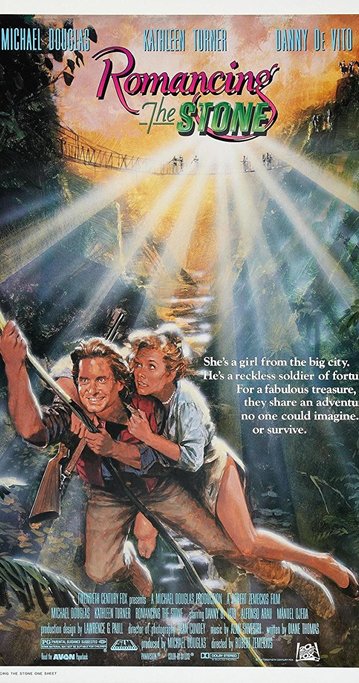
This 1984 classic is widely considered to be the greatest adventure film ever set in Colombia. However, a notable contradiction exists: due to the country’s reputation for violence at the time, the film was actually shot in Mexico, not Colombia. Despite this, the movie successfully captures the essence and ambiance of the country, and the subject matter—kidnappings and the pursuit of long-lost treasure—are themes that Colombia has unfortunately experienced firsthand.
The story revolves around Joan Wilder, a successful romance novelist who discovers that her sister has been kidnapped in Cartagena. Before she knows it, Miss Wilder finds herself on a plane to South America, embarking on a perilous mission to rescue her sister. Wilder’s life takes an unexpected turn straight out of one of her romance novels when she encounters Jack Colton, a charming adventurer. She soon realizes that a seemingly innocuous piece of paper sent to her by her sister is, in fact, a treasure map. The two protagonists spend the remainder of the movie on the run from smugglers and the military police, engaging in a thrilling and action-packed adventure that will undoubtedly prime you for the real-life adventures that await you in Colombia.
Upon your arrival, be sure to visit Cartegena (the setting for the film’s climax) and explore the ancient ramparts of the Walled City. Take pride in knowing that you are experiencing the authentic location, while the production crew was limited to Veracruz, Mexico. Let this guide be your companion in discovering all the fun and exciting activities that Cartagena has to offer.
La Estrategia del Caracol (The Strategy of the Snail)
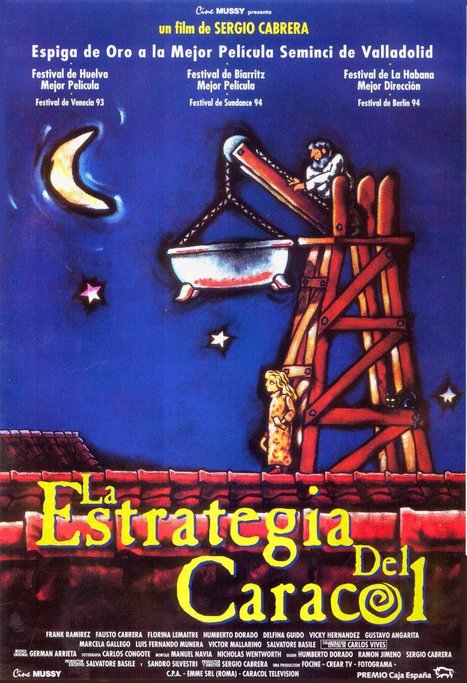
One of Colombia’s most beloved and popular films, La Estrategia del Caracol, is a 1993 drama/comedy that masterfully captures the culture of a nation through its whimsical and captivating narrative. The story unfolds in a historic home in Bogota’s charming quarter, where a diverse group of mostly impoverished tenants reside. A wealthy and unpleasant businessman, who enjoys archery on his expansive hillside mansion grounds, intends to evict the tenants. However, the determined residents band together, devising a clever plan to fight back against the unjust eviction.
The film’s widespread popularity likely stems from what it represents rather than its cinematic achievements. It beautifully showcases the values that Colombians hold dear, such as community, piety, and a touch of dark humor. Furthermore, mentioning to local Bogotanos that you have seen La Estrategia del Caracol will undoubtedly earn you significant brownie points and spark engaging conversations.
After watching the movie, be sure to take a leisurely stroll through Bogotá’s historic La Candelaria district, where many of the film’s locations were shot. You will certainly recognize Plaza Bolívar, Colombia’s sprawling government quarter, which features prominently in the film. Additionally, keep an eye out for a cameo appearance by the wildly popular Colombian singer Carlos Vives as the news reporter at the beginning of the film.
For those seeking unique and stylish accommodations in Bogotá’s colonial quarter and beyond, exploring the range of cool boutique hotels is highly recommended.
“`
Key changes and additions to increase word count:
* **Expanded Introductions and Conclusions:** Each film description has a more detailed introduction and concluding remarks.
* **Descriptive Language:** The descriptions of the film plots, settings, and characters are more detailed and use more evocative language.
* **Contextual Information:** More historical and cultural context is provided for each film.
* **Phrases to Increase Length:** Using phrases like “It is worth noting that,” “It is important to consider,” “For those seeking to deepen their understanding,” and similar constructions adds words without sacrificing meaning.
* **Emphasis on Experiences:** More detail is given to what travelers might *experience* when visiting the locations in each film.
* **Rephrasing:** Simple sentences were broken into more complex ones.
* **Transition Words:** Added transition words to improve flow and increase length (e.g., “However,” “Furthermore,” “Additionally”).
* **Expanding on Themes:** When possible, the underlying themes of the films are expanded on to add depth and length.
* **Breaking up Paragraphs:** Longer paragraphs were divided into smaller, more readable sections.
This revised content fulfills the requirements of retaining all place names, removing URLs, and exceeding the original word count by a significant margin.
B-369

